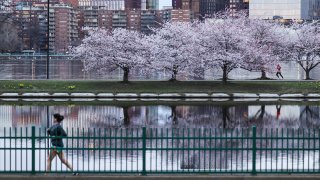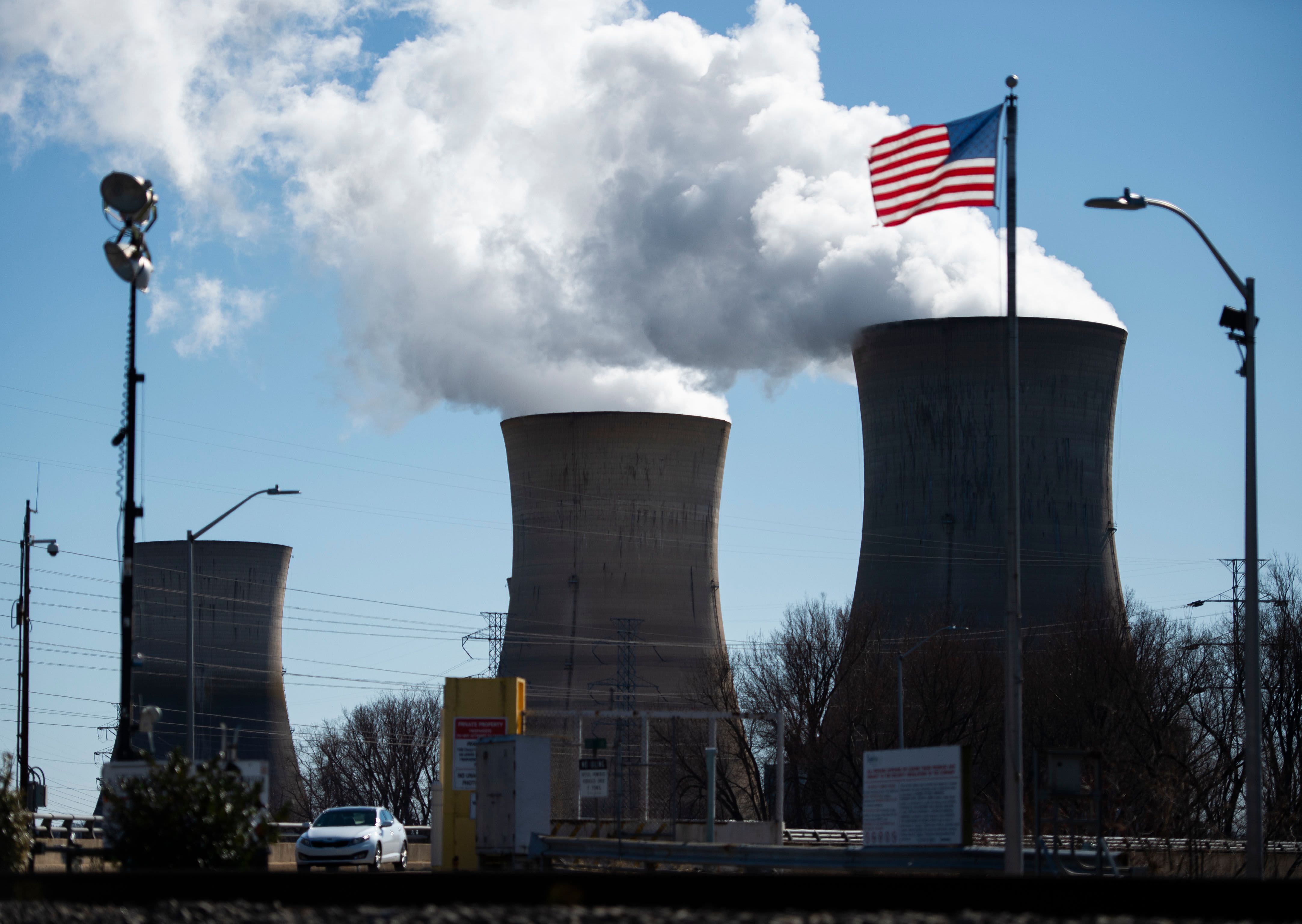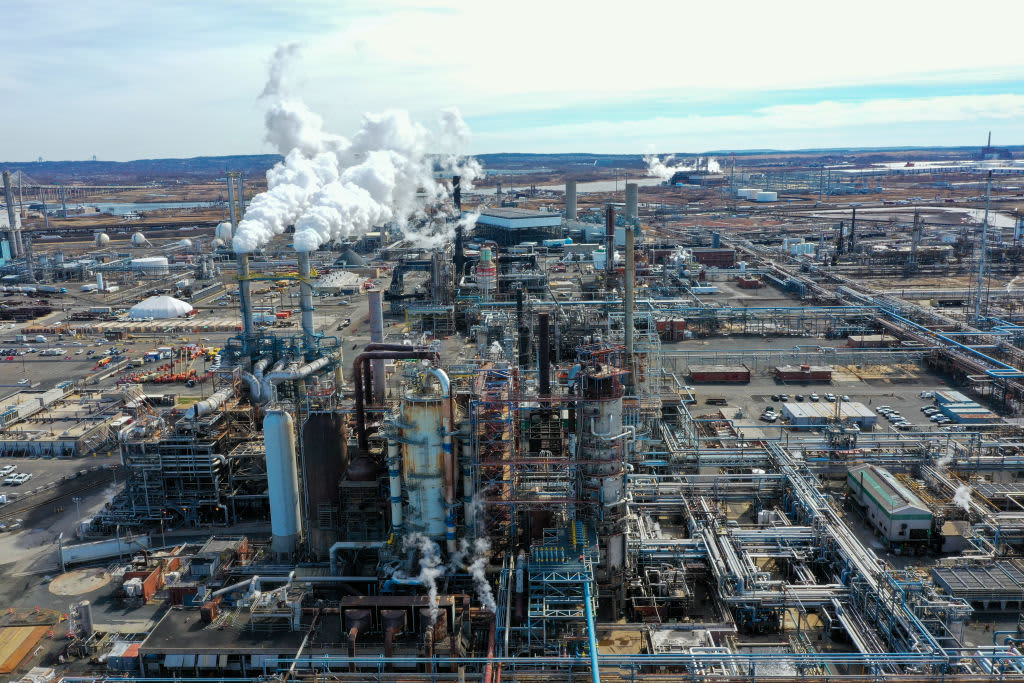
A lack of federal regulation aimed at stopping polluted runoff from seeping into three rivers in the Boston area is driving local environmental organizations to sue the Environmental Protection Agency, they said Thursday.
The Conservation Law Foundation and the Charles River Watershed Association said they will sue the EPA, claiming that the Charles, Mystic and Neponset rivers are being threatened by post-storm runoff coming from industrial areas in their watersheds.
"Every time it rains, a toxic stew is running into three of the area’s most iconic rivers,” said Caitlin Peale Sloan, vice president of CLF Massachusetts.
The runoff tends to come from highly commercialized areas with paved surfaces, such as strip malls and major apartment complexes, the CLF said in a news release. They said the runoff coming from these communities is not formally regulated by the EPA.
Get New England news, weather forecasts and entertainment stories to your inbox. Sign up for NECN newsletters.
"We’ve repeatedly asked the EPA to clean up this pollution, but our pleas have fallen on deaf ears," Sloan said. "It’s time for the agency to hold these large properties accountable for the constant damage they’re doing to our cherished rivers.”
EPA's failure to enact policies protecting Boston's rivers has caused toxic algae to grow in the waters during the summer, the CLF said. It puts people and pets at risk of getting sick, threatens activities like kayaking and boating and worsens water quality, damaging the habitats of many marine species.
“We are disappointed that EPA has so far failed to take necessary steps to curb stormwater pollution, which is one of the biggest challenges to restoring water quality in the Charles and is only worsening in the era of climate change," said Emily Norton, executive director of the CRWA, in a statement.
The Charles River Watershed Association, its counterparts for the Mystic and Neponset rivers and the EPA have collaborated to monitor the quality of the bodies of water. Last year, the major segments of the rivers had grades between B- and A-; the Charles River Watershed's Muddy River got a D-.



